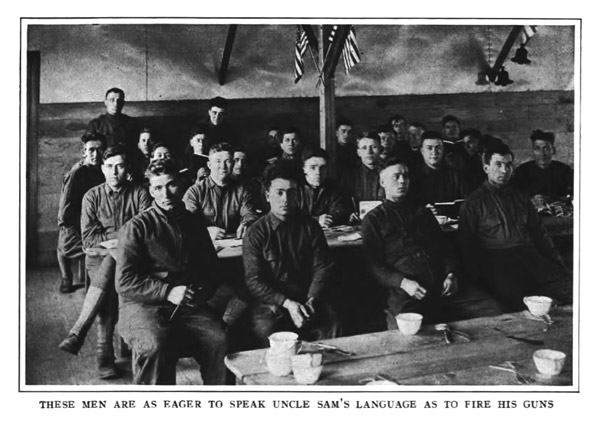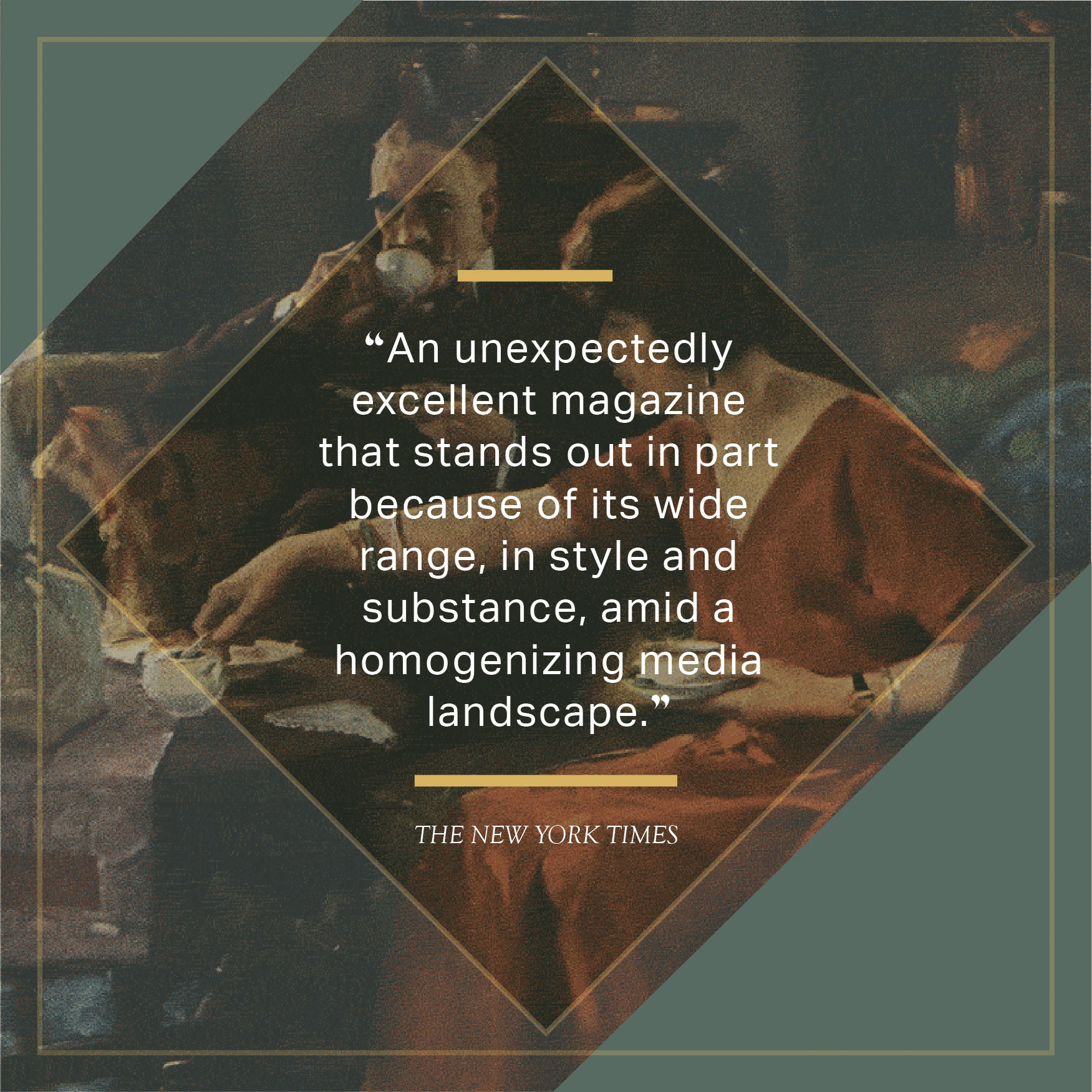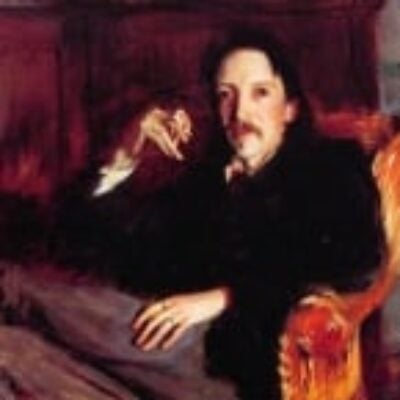
While most of the country turned bluer in 2008, Arkansas grew significantly more red. Obama got shellacked by Hillary Clinton in the state’s primary and lost the general election there to John McCain by twenty points. Yet Arkansas is the last Southern state where Democrats are a dominant electoral majority. After the ’08 election, the party controlled the governor’s mansion, both Senate seats, three of four Congressional districts and ninety-nine of 135 seats in the State Legislature. The “redneck/blackneck coalition” of rural white and black voters, which has proved so elusive in most of the South, is vibrant in much of the state, at least on the local level. “FDR was worshiped in Arkansas,” says longtime state political columnist Ernie Dumas. “That’s only now just wearing off.” Affection for the New Deal icon may have lasted so long because the state has always been inescapably hardscrabble, ranking near the bottom in quality-of-life indicators like per capita income and educational achievement. “Thank God for Mississippi,” Arkansans joke. “We don’t go with the rest of the country,” says political columnist Gene Lyons. “The Industrial Revolution missed us.” —“What’s Right With Arkansas,” Ari Berman, The Nation
If Harper’s developed an iPad edition, it might begin with this;
if “What you Crave” were a scent, it would smell like buttery croissants and sewer rats;
if sports franchise owners weren’t cowards, more teams might be like Los Suns
The Malverde shrine is a makeshift cinder-block temple directly in front of the Sinaloa state government office complex, and its green walls are covered, inside and out, with testimonials left by the faithful. The plaster bust is enshrined in a glass case and surrounded by dozens of flower bouquets, mostly plastic. Many accompanying photographs and engraved plaques feature the image of a marijuana plant or a “goat horn”: an AK-47 rifle. No one seriously disputes Malverde’s status as a narco-saint—in Sinaloa it is stated as fact that whenever a major trafficker wants to pray, the entire street is closed down so he can worship in peace. But as a warden of the Culiacán prison pointed out, Malverde is now so popular among Sinaloans in every walk of life that he is really more of an identity symbol. —“Mexican Saints,” Alma Guillermoprieto, National Geographic
Ceylon was a giant step forward into adulthood and independence for Woolf, but it was also a great leap backward—backward in time. Ceylon had yet to enter the twentieth century, at least as it was known in the Western world. “Before the days of the motor-car,” Woolf wrote, “Colombo was a real Eastern city, swarming with human beings and flies, the streets full of flitting rickshas and creaking bullock carts, hot and heavy with the complicated smells of men and beasts and dung and oil and food and fruit and spice.” The alien heat and gargantuan insects appalled Woolf. The day after he arrived he was reunited with Charles at the docks. Charles promptly peed on a passerby, who seemed not at all troubled by this, then threw up from the emotion and the sun. Crows flew down to eat the vomit. Welcome to Ceylon. —“The Death of a Civil Servant,” Lev Grossman, The Believer



